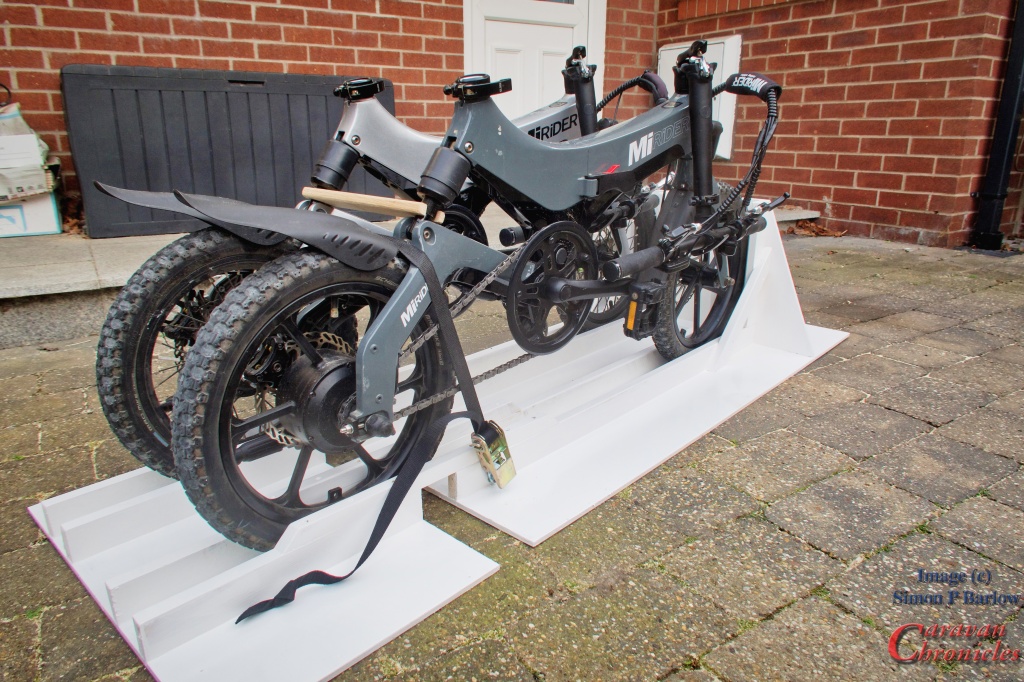Like any project, ticking the small stuff off a list is the way to move forward even if it seems like sometimes you have ground to a halt. A bit lacking on photos…. I’m temporarily unsure of their location… pilot speak for I’ve lost them! I’ll correct that in due course.
I built a new aluminium frame for the water pump and moved the pump from the original mounting position which caused a lot of noise when running, especially in the bathroom…. as we have a direct tank flush not a holding tank, this was particularly annoying if the loo was flushed at night. So now the water pump is mounted on its isolation feet on an isolated aluminium frame bolted directly to the sub-floor in one of the lockers. I also changed the piping from the pump from solid to flexible connections further reducing noise transmission through the pipes. My next step… some time this week is to install a larger one litre accumulator tank between the pump and plumbing to reduce the cycle times of the pump. Thankfully the plumbing system installed in the 5th wheel is rated for a greater pressure than most caravans and motorhomes… that’s what gives us a great shower!! so I’ll be able to match the accumulator pressure with the pump pressure to get the best out of them.
The other little upgrade was to move the grey water and fresh water dump outlets closer to the side of the caravan. They used to be set back about eight inches and required a kneeling mat and one arm dexterity to plug in the flexible waste pipes when on a fully serviced pitch. Now it’s a simple matter of bending over and I can easily access both outlets for connecting pipes…. saving the knees a bit of hard labour at my age is key. Also if dumping at a motorhome service point I can easily see if I’m in the correct position for a clean dump and not going to splash all over the place. As the Hanks say… “Let ‘er rip”
Thanks to my local nut and bolt supplier… Francis Kirk and Sons I’ve been going there for bits and pieces since 1976… I have now got a full set of stainless steel fittings… an odd collection of UNF and UNC sizes…. ready to replace all the nuts and bolts on the pull out sun canopy, replacing the original components that were showing signs of rust and starting to bind up. I also managed to get a set of tap and dies to run through all the threads before changing everything over.
We managed to get some of the picture frames mounted inside the caravan and that makes a huge difference…. along with upgrading the occasional side lights to LED dimmable units…. feels more like home with each little improvement.
Not long to wait now….
Looking forward to Tourfest North West in a three weeks time, 24th May – 27th May at Donkey Creek Farm and meeting up with some of the bloggers and vloggers I’ve followed over the years. Thankfully no one will recognise Sue and I so we can sneak off if it gets too rowdy . I believe it is now fully booked so if you wanted to go you will just have to wait until the next one.
A few days after that we are off to The Old Oaks at Glastonbury…. it’s been a few years since we were there so it will be nice to go back and see all the changes and improvements they have made. Hopefully we can get back out on our bikes again as well.




































